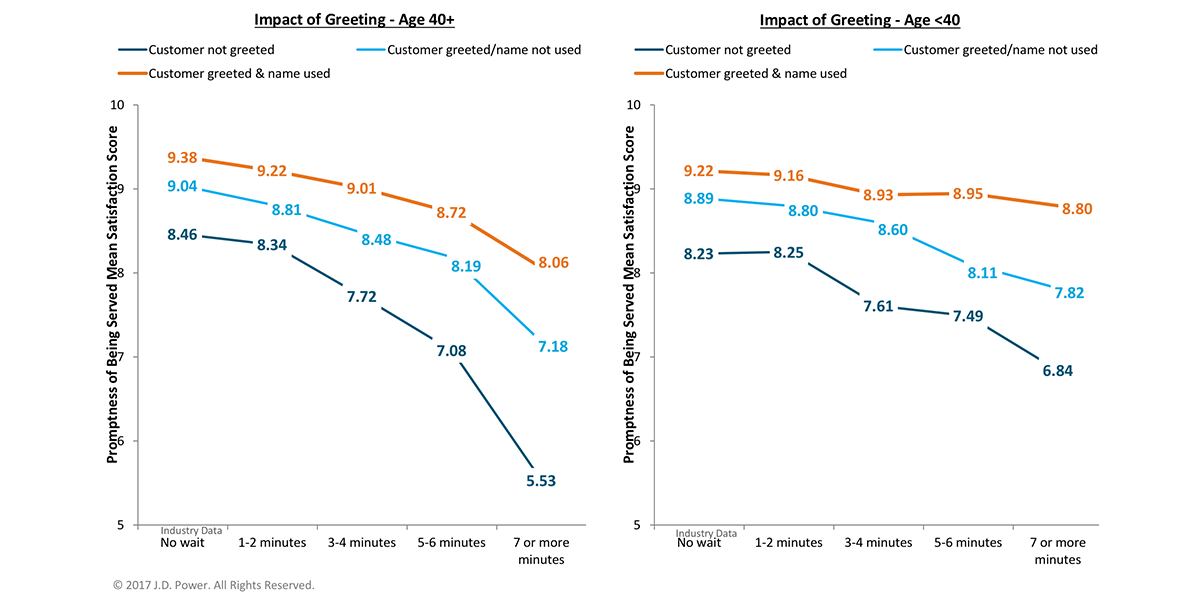Journey maps have become one of the most popular tools for understanding and improving customer experiences. (Case in point: more than 1,000 people have downloaded our free journey mapping template since the beginning of this year.) But why are journey maps so popular? And why should you invest in developing them? Let’s start with the reasons that the underlying framework of the journey is so important.
Why journeys?
- Journeys align with peoples’ real goals and tasks. Your customers do business with you because they want to accomplish something in their personal or business lives, like buying a car, shipping a package, or protecting the security of their business data. Customer journeys are the structure for understanding how well you do (or don’t) support them as they move towards that goal.
- Journeys—not individual touchpoints—predict business success. It makes sense that when customers achieve their goals, you achieve your business objectives, as well. But now we’ve got data to back up that assumption. In March of last year, McKinsey reported that “end-to-end customer journeys, not individual touchpoints, are the unit to measure when setting priorities for your customer-experience investments. Why? Our research has found that journey performance is significantly more strongly linked to economic outcomes than are touchpoints alone.”
- No individual touchpoint operates in isolation. One reason that journeys are better predictors of financial outcomes is that customers experience touchpoints over time. And what happens now can influence what happens later—or at least how customers perceive what happens later. In a recent study of large bank branch experiences, J.D. Power found that when employees greeted customers and used their names, customer perceptions of promptness improved significantly. As you can see in the above charts, it’s not that they were actually served any faster—but rather that one interaction influenced customers’ perceptions of another.
- Journeys spark customer-centric cultural change. I often talk about customer journeys as a Trojan Horse: Our clients engage us to create journey maps in order to improve some aspect of their customer experience, but cultural change sneaks in during the initiative. That’s because customer journeys are cross-functional by nature—customers’ goals and tasks don’t fit neatly into one bucket in our org charts, but span multiple departments and channels. The cross-functional work required to create seamless transitions across silos improves internal communication and collaboration and gets employees focused on customers’ needs.
- Journeys are the organizing principle of the future. The primary organizational structure of the past 100+ years has been the silo. Designed for efficiency, silos have allowed for corporate growth at a global scale that wouldn’t have been otherwise possible. And as much as we like to complain about silos, we can’t do away with the specialization of skills and knowledge that silos embody. (I don’t know about you, but I personally don’t want my web designer filing my corporate taxes.) But to finally deliver on the promise of customer experience, we need to overlay our traditional silos with a virtual journey-based structure. In turn, journeys must become the central framework for how organizations do business every day. More on this to come…
So why journey maps?
Journey maps illustrate customers’ stories. Journey maps are visual diagrams that depict the perceptions, thoughts, and emotions of a person or group over time. In other words, they tell the story of how well you do (or don’t) support customers as they try to accomplish their goals. This storytelling aspect is important: Humans have evolved to connect with and remember stories—not data in a spreadsheet. And just as critical is the visualization aspect: Humans can understand and process pictures and charts much more quickly and effectively than they can digest paragraphs or bullet points in a report.
Journey maps are not a fad.
Yes, people are crazy about journey maps. But journey maps—and more important, they underlying framework of the journey—are not just the CX shiny object du jour. They are the key to uniting your organization under the promise of delivering a great customer experience and reaping all of the associated business benefits.




